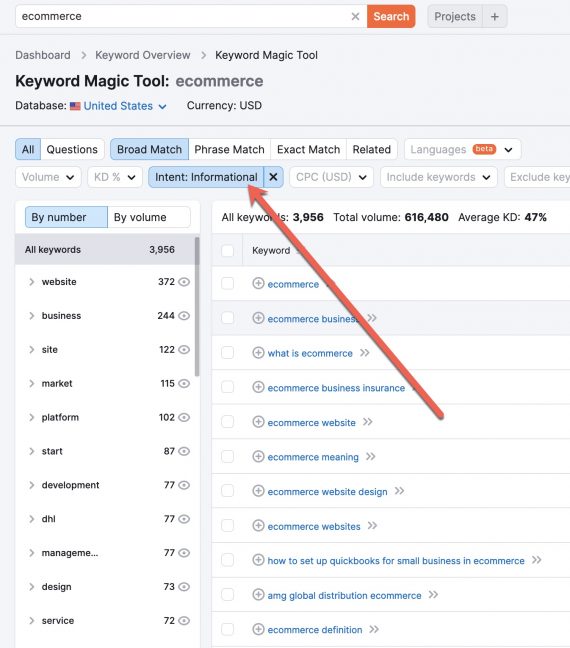
“We can use data and observe behaviour or simply note the customer’s own ‘hand raising’ when they identify themselves as home movers. The way we communicate can shift, and we’re innovating to make sure that experience can be easier and inspire purchasing.”
True personalisation means understanding what customers are shopping for and why. Context is king. In Retail Experiences of the Future, a recent SAP report in partnership with Econsultancy, Dan Rubel, Currys’ Brand and Marketing Director reveals how the electronics retailer tries to gain enough insight that helps them come down on the right side of the ‘cool/creepy’ line. This means that they don’t just look for information on products bought or browsed by a user, but their customer life stage.
This is something of an evolution. Initially, marketers have been looking at content and community as an adjunct to product, the ‘value add’ to the physical item. In an increasingly virtual world, it is becoming the product that is the access key to the community. And then, the community creates a much more contextual relationship with customers that drives deeper insights, informing better personalisation and better engagement. The cycle is complete. Deeply cool and not at all creepy.
Sephora’s app and chat experience pre-dates the pandemic but was naturally given a boost during it. As the lockdowns recede, it’s just one of the many retailers who have retained the digital and remote servicing aspects, having witnessed the added value they deliver to personalisation efforts.
Context is king
Where do you draw the line between convenient and creepy? Making it easy to hunt down a favourite product is one thing. Indeed, customer sentiment towards recommendations from a brand based on past purchases is generally positive.
Indeed, this has been suggested as a way for retailers to make the most of the recent developments in the metaverse. Brands establishing themselves here need to find reasons for legitimate customer engagement. Will Hayes, CEO of Lucidworks, writing in Venturebeat, states that communities are a natural starting point. Consumers can begin to build relationships with brand ambassadors in the metaverse space, providing access to content or events based on insights gathered from other platforms: “Digital merchandisers play a key role here in creating promotions for trending products, where a purchase gets shoppers access to gated content in the metaverse.”
This disparity illustrates the need for retailers to go beyond throwing bald product ideas at consumers. This is something that Instacart makes sure to avoid by helping to guide shoppers based on their previous habits and preferences.
Sephora’s concierge-type app delivers on personalisation in spades both from the data-gathering perspective and in terms of product and service provision. Its live chat function, ‘Live Beauty Help’ relaunched in 2021, is at the heart of the experience, recreating parts of in-store customer service by giving expert product advice and application tutorials. Regardless of where the customer makes a purchase, it is a pivotal part of the personalised experience.
Much has been made of retailers’ ability to garner data and insight seamlessly as the customer goes about their daily business. It’s an ability that has been primarily based on retailers’ reliance on third-party cookies. But, given the expected demise of these cookies in 2023, executives are alert to putting mechanisms in place to gather contextual data and this should not be overlooked.
The US-based marketplace promises a ‘fully personalised grocery store’ by using ads that help consumers find their favourite products. These new items might suit their tastes and provide additional content for foodie inspiration. The company is even using ads to replicate its in-store environment, mimicking supermarket checkout shelves and endcap displays – only tailored to each and every visitor to the site.
But having a brand hunt you down relentlessly, stalking you from site to platform to device, can put you off for life. Previous Econsultancy research has found that the majority of internet users find ads following them across devices to be ‘creepy’.
Product as ‘access key’ to community
In Retail Experiences of the Future, Alibaba’s former General Manager, UK, Netherlands and Nordics, David Lloyd, suggested that the UK and the West, in general, is slowly catching up to online trends that have been a fact of life in China for some time. “In the UK and the West, online shopping is a tremendously efficient experience. It’s […] very fast, but very functional. In China […] it’s the collision of retail and entertainment which means that online retail doesn’t have to be a purely efficient experience.”
This has extended to virtual realms, such as meeting up and shopping together in Taobao Life, with users buying virtually branded products for their avatars. It’s not a great leap to imagine that shopping for virtual avatars segues into shopping for the human behind them.
Like Sephora’s Live Beauty Help, M&S is also tapping into the video personal shopper trend with the launch in January 2022 of M&S Live. Every week, shoppers can join a live broadcast hosted by an expert to hear more about ranges, ask questions and view product demonstrations. Then, if anything tickles their fancy, they can buy it while they watch. This is an additional service to the online video consultations, which supplied 28,000 one-to-one consultations in nine months.






![[New] Convert Experiments Debugger Chrome Extension](https://research-institute.org/wp-content/uploads/2022/09/new-convert-experiments-debugger-chrome-extension-768x279.png)